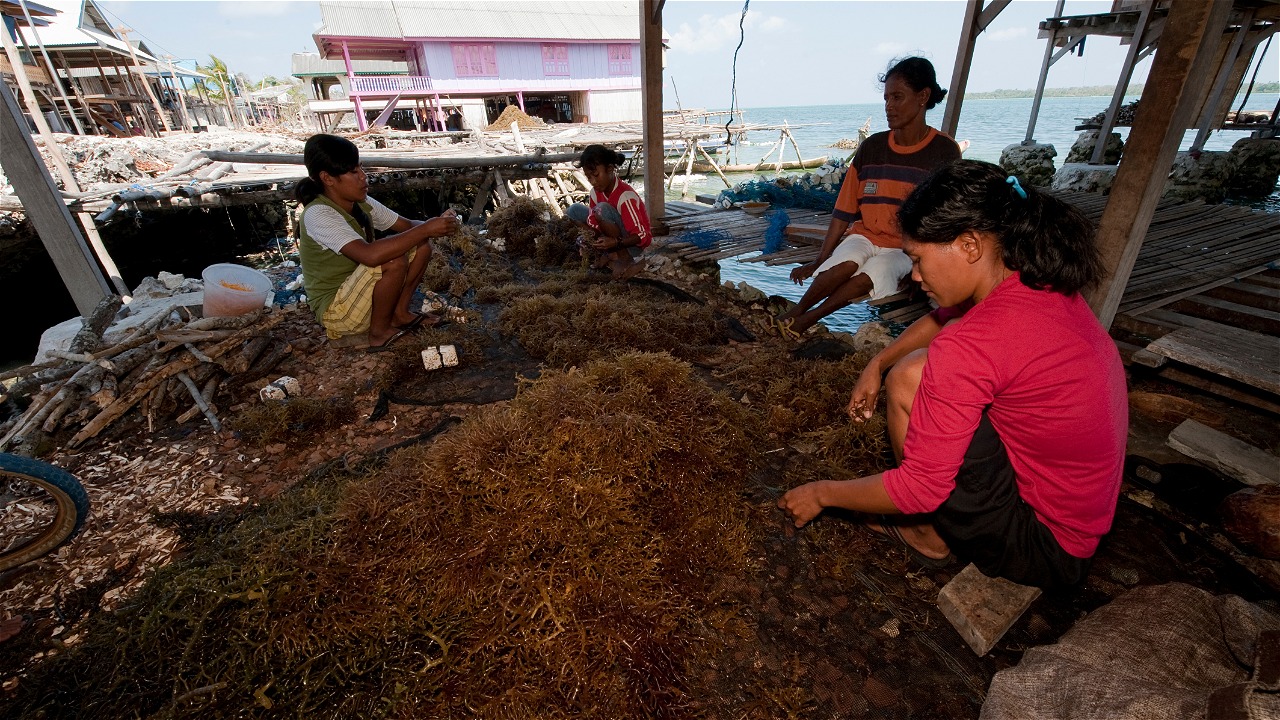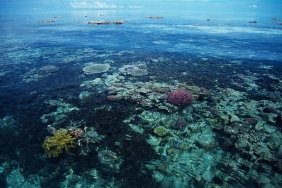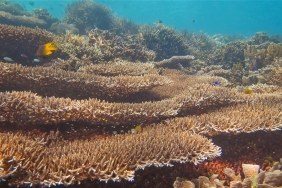GREEN PLANTS IN THE SEA ARE NOT NECESSARILY SEAWEED
By Agis Riyani
Seaweed and seagrass both live in the sea, but they are different types of plants. Indeed, if translated directly, seagrass means seaweed. But seagrass is actually seagrass, a flowering plant that resembles grass that grows and lives in the sea. While the seaweed that we commonly know is called seaweed. Unlike seagrass, seaweed is a type of algae that lives floating or attached to the substrate and has different color content: green, red, and brown.
Seaweed is widely used as a food ingredient, including jelly, jelly, seaweed ice, and even nori which is commonly found in Japanese cuisine. Actually, seaweed is very close to our daily lives. Besides being used for food products, seaweed products are also widely used in the world of cosmetics and medicine. In Indonesia alone, cultivated seaweed comes from the type of Gracilaria sp. which contains agar, and Eucheuma sp or currently classified as Kappaphycus sp. which contains carrageenan. The carrageenan substance is commonly used as a mixture of comestics or medicine.
Although very close to our lives, there must still be many who do not know the origin of seaweed in Indonesia. According to Mr. Jana Anggadiredja, one of the seaweed cultivation researchers from the Agency for the Assessment and Application of Technology (BPPT), seaweed cultivation of the type Gracilaria sp. that first circulated in Indonesia the seeds were imported from Chile. However, the seaweed did not successfully adapt to Indonesian waters. BPPT then domesticated Gracilaria sp. from Lamongan and Pacitan areas. Furthermore, with the help of LIPI, the domestication process was also carried out in several areas of Indonesia, such as Sumbawa, Takalar, Jeneponto, Sinjai, Bulukumba, Bone, Palopo, and the north coast of Java.
There are four types of Eucheuma sp or Kappaphycus sp. that are widely cultivated in Indonesia, namely E. spinosum, E. denticulatum, E. cottonii, and E. striatum. Types of E. Spinosum and E.denticulatum are seaweeds native to Indonesian waters that were first discovered in the waters of Samaringa Island, South Sulawesi and Maumere Bay. Both species were then domesticated in Bali. Meanwhile, E.cottonii, and E. Striatum originated from outside Indonesia. E.cottonii was domesticated from the Philippines and brought to Indonesia in 1983 by BBPT in collaboration with CV Eucheuma (one of the seaweed exporters). The type of E. striatum entered Indonesia in 1984 which was also brought by CV Eucheuma. However, in the 1990s Indonesia managed to domesticate E.cottonii.
Indonesia is one of the largest producers of cultured seaweed in the world. However, this does not mean that seaweed cultivation is free from problems. The use of pesticides, pest and disease attacks, and environmental sustainability issues are still a concern for farmers. Find out the challenges of seaweed farming in Indonesia in the next article.





